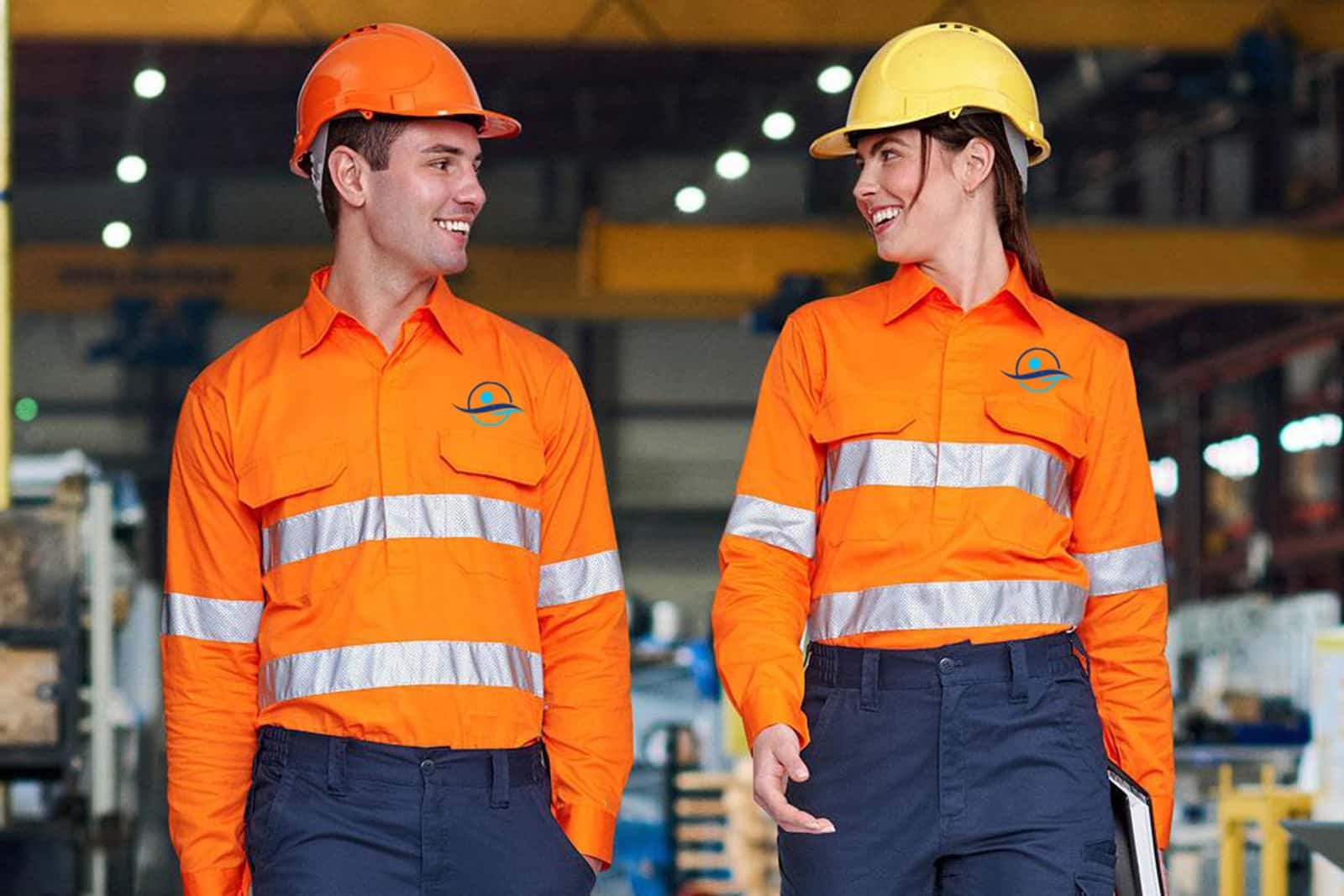
In the competitive and fast-paced world of U.S. construction, companies are always seeking ways to improve safety, efficiency, and brand recognition. One increasingly popular solution is the adoption of personalised workwear. For contractors, builders, and related trades, this type of apparel not only provides functional protection but also communicates professionalism, boosts morale, and strengthens the company’s identity in an industry where reputation matters as much as technical expertise.
The U.S. Construction Market and the Role of Uniforms
According to data from the U.S. Census Personalised Workwear Bureau, the construction industry generated over $1.9 trillion in value in 2023, employing millions of workers across residential, commercial, and infrastructure projects. With such a vast workforce, visibility and identification are critical on job sites. Personalised workwear—featuring company logos, employee names, and specific trade identifiers—helps supervisors quickly identify team members, ensuring that only authorized personnel are operating on the site.
In addition to branding, workwear designed with high-visibility colors, reflective strips, and durable fabrics plays a key role in meeting Occupational Safety and Health Administration (OSHA) guidelines. This is vital in high-risk environments like road construction, roofing, and steelwork, where protective gear can mean the difference between safety and serious injury.
Strengthening Brand Presence On and Off Site
Personalised workwear acts as a mobile advertisement for contractors. Each time an employee is seen wearing branded apparel—whether on the job site, in a supply store, or during a client meeting—it reinforces the company’s image. In a sector where competition is fierce and word-of-mouth referrals drive business growth, maintaining consistent branding can directly influence contract acquisition.
Contractor firms that invest in quality personalised uniforms often report an increase in client trust. This is because customers tend to associate uniformed workers with professionalism, reliability, and accountability. The uniform essentially becomes part of the contractor’s business card, visible every time a worker is in the public eye.
Improving Safety Compliance and Workforce Morale
Safety is non-negotiable in U.S. construction, and personalised workwear can integrate protective features tailored to specific trades. For example, electricians may require flame-resistant fabrics, while high-rise steelworkers might benefit from harness-compatible jackets. Personalising these garments with names and positions can also improve accountability, ensuring that safety equipment is properly issued and maintained.
Beyond safety, personalised workwear fosters team spirit. When every worker wears a uniform that reflects the company’s brand, it creates a sense of belonging. This unity can be especially valuable on large multi-contractor sites where workers from different companies collaborate. It also reduces disputes over tools and safety gear, since labelled apparel and equipment can be easily returned to their rightful owners.
Cost-Effectiveness for Contractors
While some smaller firms initially view personalised workwear as an extra expense, many discover that it is a cost-effective investment. Durable, branded uniforms reduce replacement frequency, and bulk orders often lower per-unit costs. Additionally, some contractors in the United States use workwear programs that include maintenance and laundering services, extending the lifespan of garments and reducing downtime for workers.
From a marketing perspective, the return on investment can be significant. Unlike digital ads that run temporarily, branded workwear delivers ongoing visibility for as long as it is worn. For contractors who operate in multiple cities or states, this consistent presence helps build a recognisable identity across regions.
Choosing the Right Personalised Workwear for Construction Teams
Selecting personalised workwear involves more than just adding a logo. Contractors must consider climate conditions, worksite hazards, and industry regulations. For instance, construction crews in Texas or Arizona benefit from lightweight, breathable fabrics to combat extreme heat, while teams working in the Northeast during winter require insulated, weather-resistant gear.
Contractors should also choose designs that balance visibility and brand style. High-visibility yellow or orange shirts with reflective tape can incorporate company colors through embroidered logos or contrasting panels. Modern printing and embroidery techniques allow for durable branding that withstands frequent washing and outdoor exposure.
The Future of Personalised Workwear in the U.S. Construction Industry
The demand for personalised workwear in U.S. construction is likely to grow alongside advancements in textile technology. Smart fabrics that monitor worker health, uniforms with integrated tool-holding solutions, and eco-friendly materials are already entering the market. These innovations, combined with custom branding, will continue to redefine how contractors approach employee uniforms.
For construction companies and independent contractors alike, personalised workwear is more than just clothing—it’s a strategic asset. It enhances safety, promotes brand recognition, improves team cohesion, and offers a cost-effective marketing solution in a highly competitive industry. In an environment where first impressions and on-site professionalism can secure long-term contracts, the right workwear can be as critical as the tools used to build America’s skylines and infrastructure.